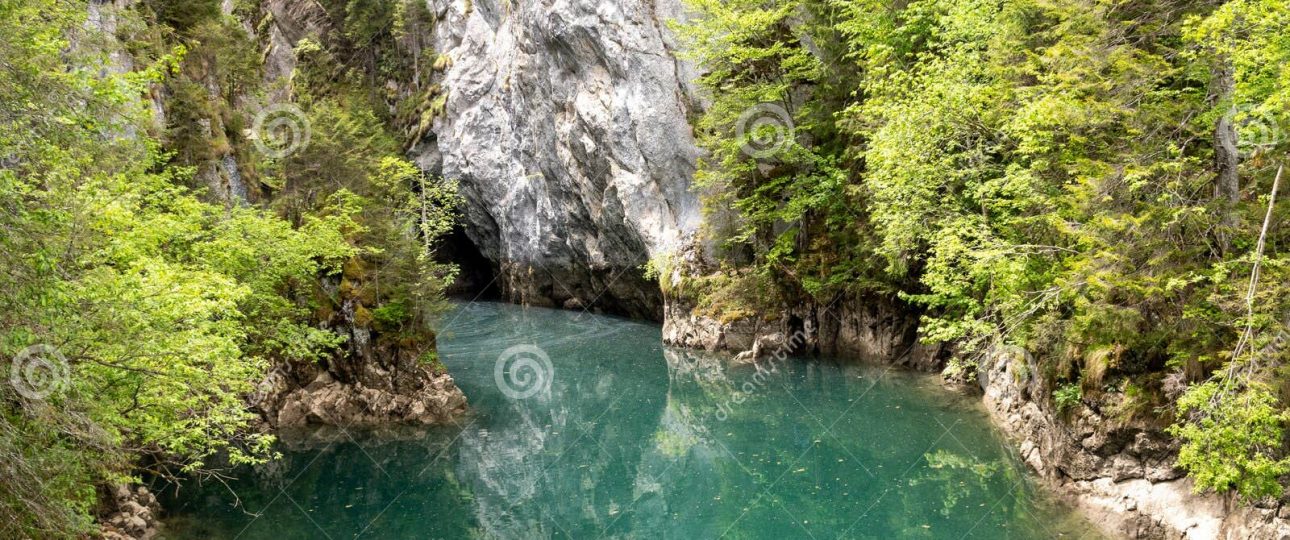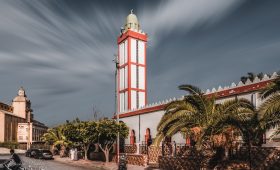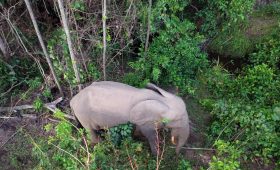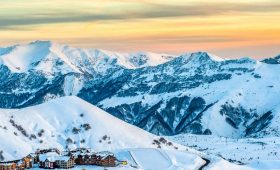About Bucegi Natural Park
Bucegi Natural Park is located in the south-central part of Romania, within the Bucegi Mountains of the Southern Carpathians. Covering an area of approximately 32,663 hectares, the park is a protected area known for its diverse landscapes, including caves, canyons, ridges, and waterfalls. It is home to a variety of flora and fauna, some of which are rare and endemic to the region. The park’s geological features, such as the Babele and Sphinx rock formations, are particularly noteworthy.
Unique Features of Bucegi Natural Park
What sets Bucegi Natural Park apart is its rich biodiversity and striking geological formations. The park’s habitats include beech forests, alpine limestone grasslands, and mountain hay meadows. The Sphinx and Babele formations are iconic, drawing visitors intrigued by their natural beauty and the legends surrounding them. These formations have been shaped by natural erosion over millennia, creating unique and captivating landscapes.
Historical and Cultural Significance
Bucegi Natural Park is steeped in Romanian history and folklore. Legends speak of hidden treasures and ancient civilizations, adding a layer of mystery to the natural beauty. The Sphinx, a rock formation resembling a human face, is central to many of these tales. While these stories are captivating, it’s the park’s natural and historical significance that truly enriches the visitor experience.
Best Time to Visit Bucegi Natural Park
The ideal time to visit depends on your interests and the activities you plan to pursue. Each season offers a distinct experience:
Spring (March to May)
- Spring brings mild temperatures and blooming flowers, making it ideal for hiking.
- Wildlife is more active, offering opportunities to spot various species.
Summer (June to August)
- Summer is popular for outdoor activities like hiking and mountain biking.
- The park’s meadows are vibrant, perfect for photography.
Fall (September to November)
- Fall showcases a stunning array of colors as the leaves change.
- Cooler temperatures make it pleasant for hiking and exploring.
Winter (December to February)
- Winter transforms the park into a snowy landscape, ideal for skiing and snowboarding.
- Winter hiking is possible with appropriate gear.
Always check weather conditions before your visit to ensure a safe and enjoyable experience.
How to Get to Bucegi Natural Park
Reaching Bucegi Natural Park is straightforward, with several transportation options available:
By Air
Fly into Bucharest Henri Coandă International Airport, Romania’s largest airport. From there, rent a car or take a taxi for the approximately two-hour drive to the park.
By Train
Romania’s extensive railway network makes train travel a convenient option. The nearest station is in Bușteni, about two hours from Bucharest. From Bușteni, local buses or taxis can take you to the park.
By Car
Driving offers flexibility. The park is accessible by well-maintained roads, though some sections can be steep and winding. Ensure you have a valid driver’s license and are familiar with local traffic regulations.
Exploring Bucegi Natural Park
Once in the park, a range of activities awaits:
Bucegi Plateau
The Bucegi Plateau offers panoramic views and numerous hiking trails. A popular route leads to Omu Peak, the highest point in the Bucegi Mountains, offering expansive views of the park.
Sphinx and Babele
Visit the Sphinx and Babele rock formations, accessible from the Bucegi Plateau. These natural wonders are surrounded by stunning landscapes and are steeped in local legend.
Peles Castle
While not within the park, Peles Castle in nearby Sinaia is worth a visit. Known for its impressive architecture, the castle offers guided tours that delve into its history and opulent interiors.
Bucegi Natural Park offers a blend of natural beauty, historical intrigue, and outdoor adventure. Whether you’re drawn by its landscapes or its legends, the park promises a memorable experience.




